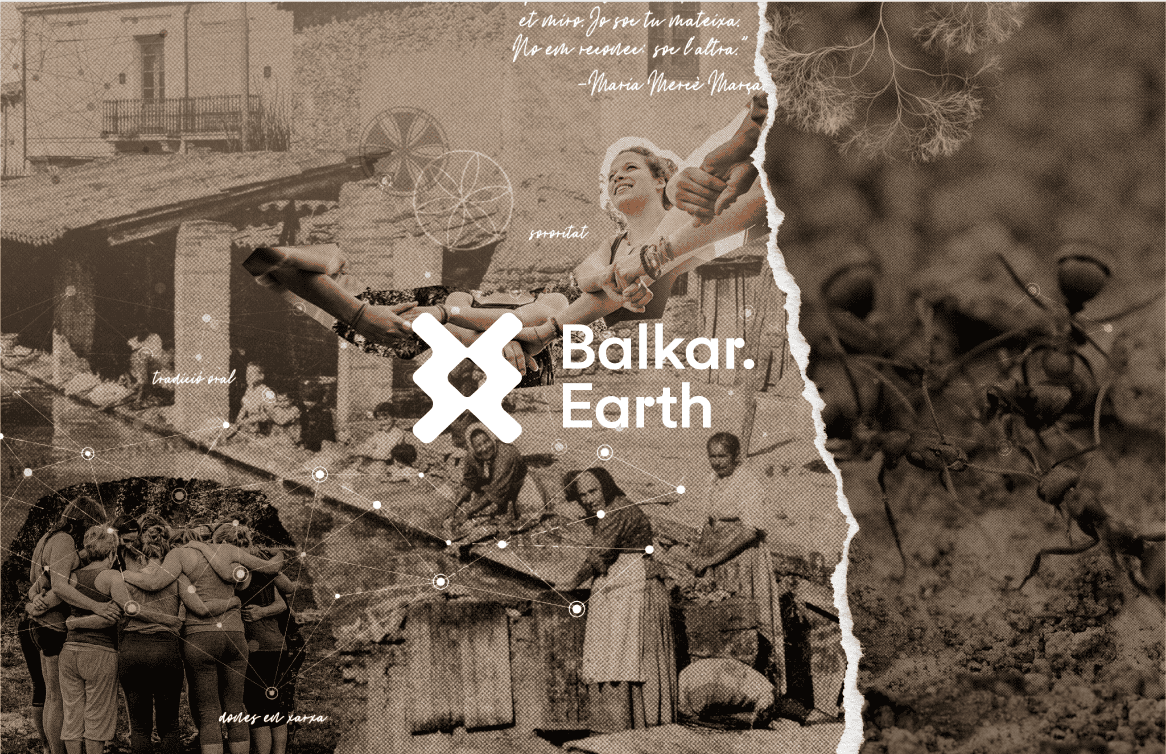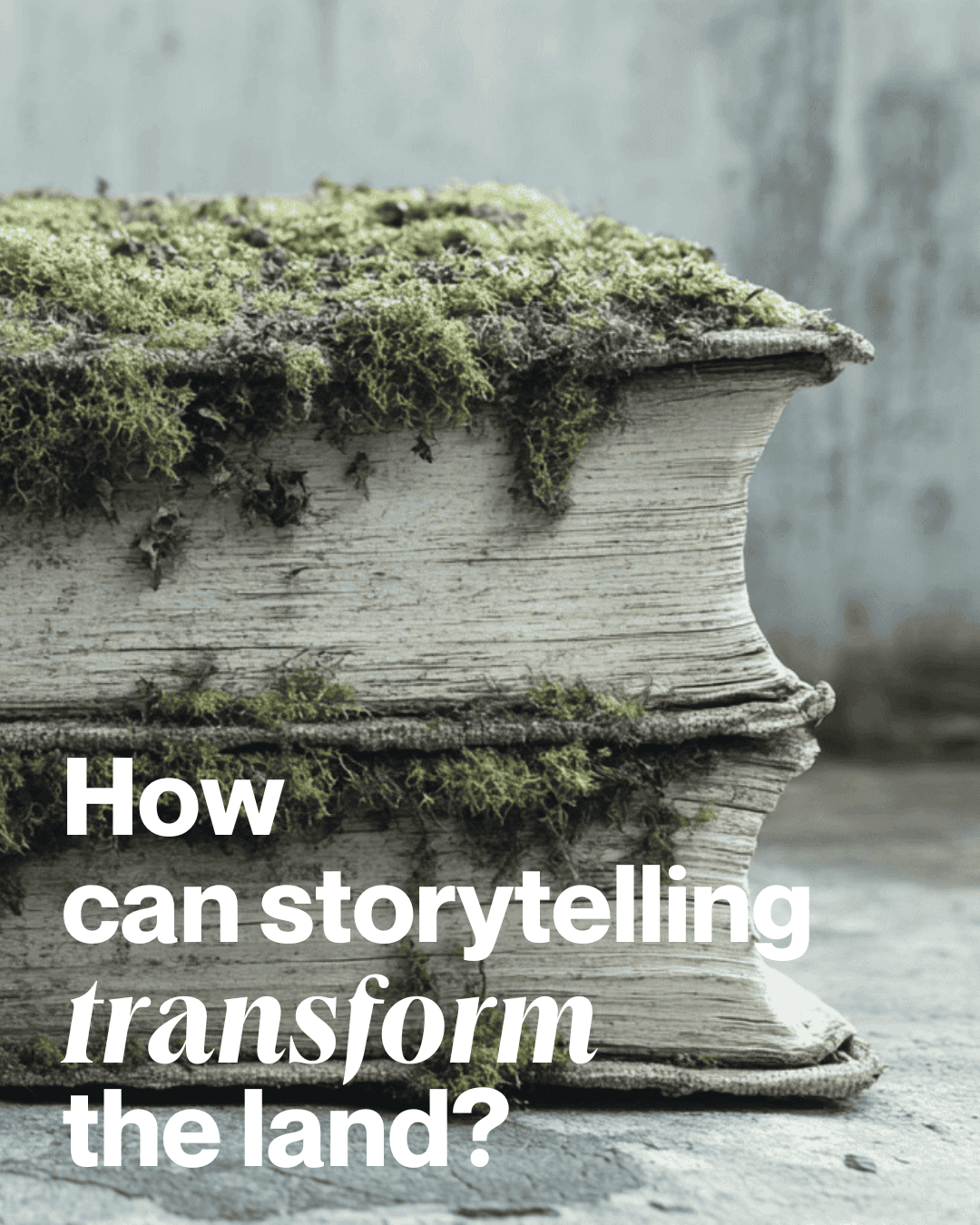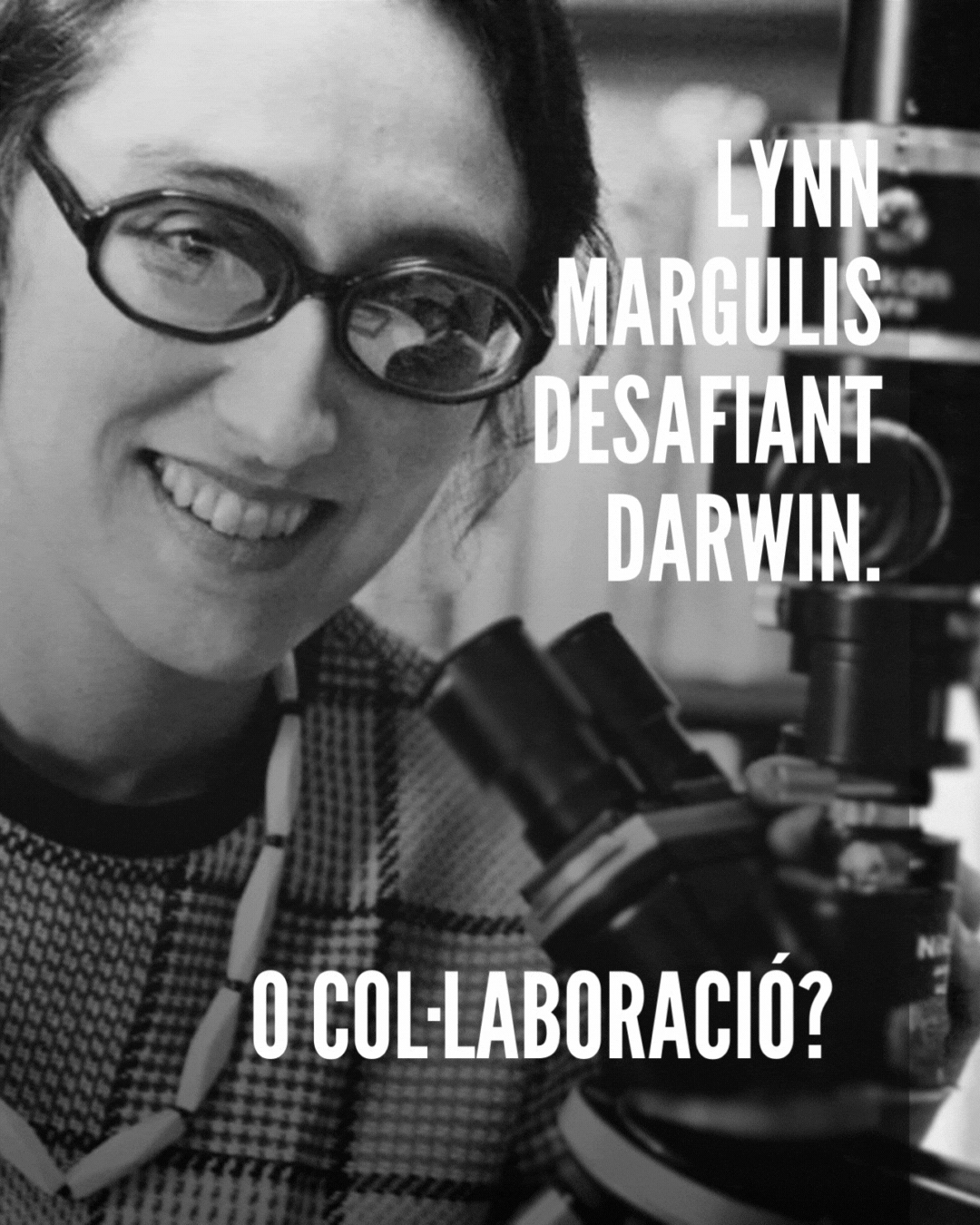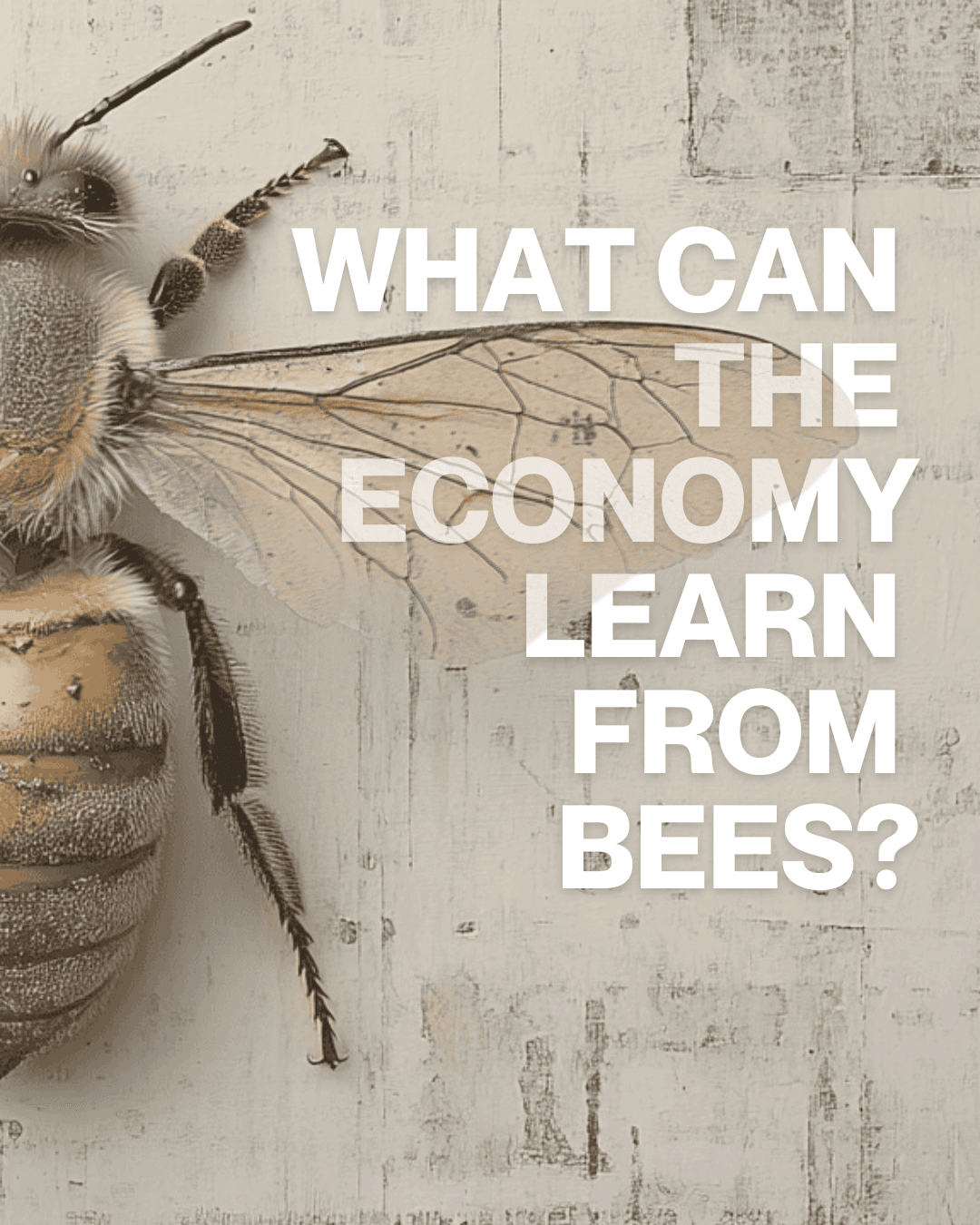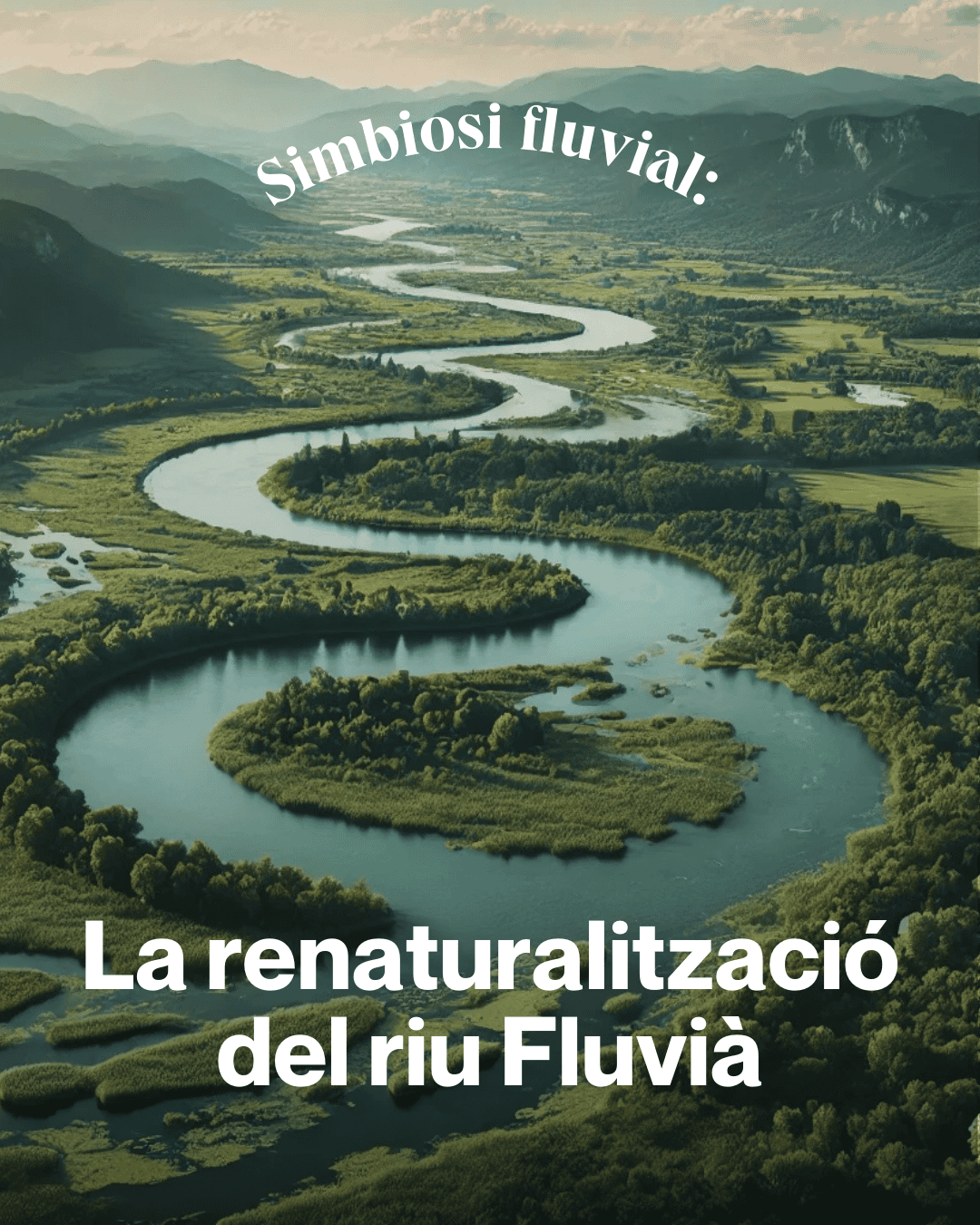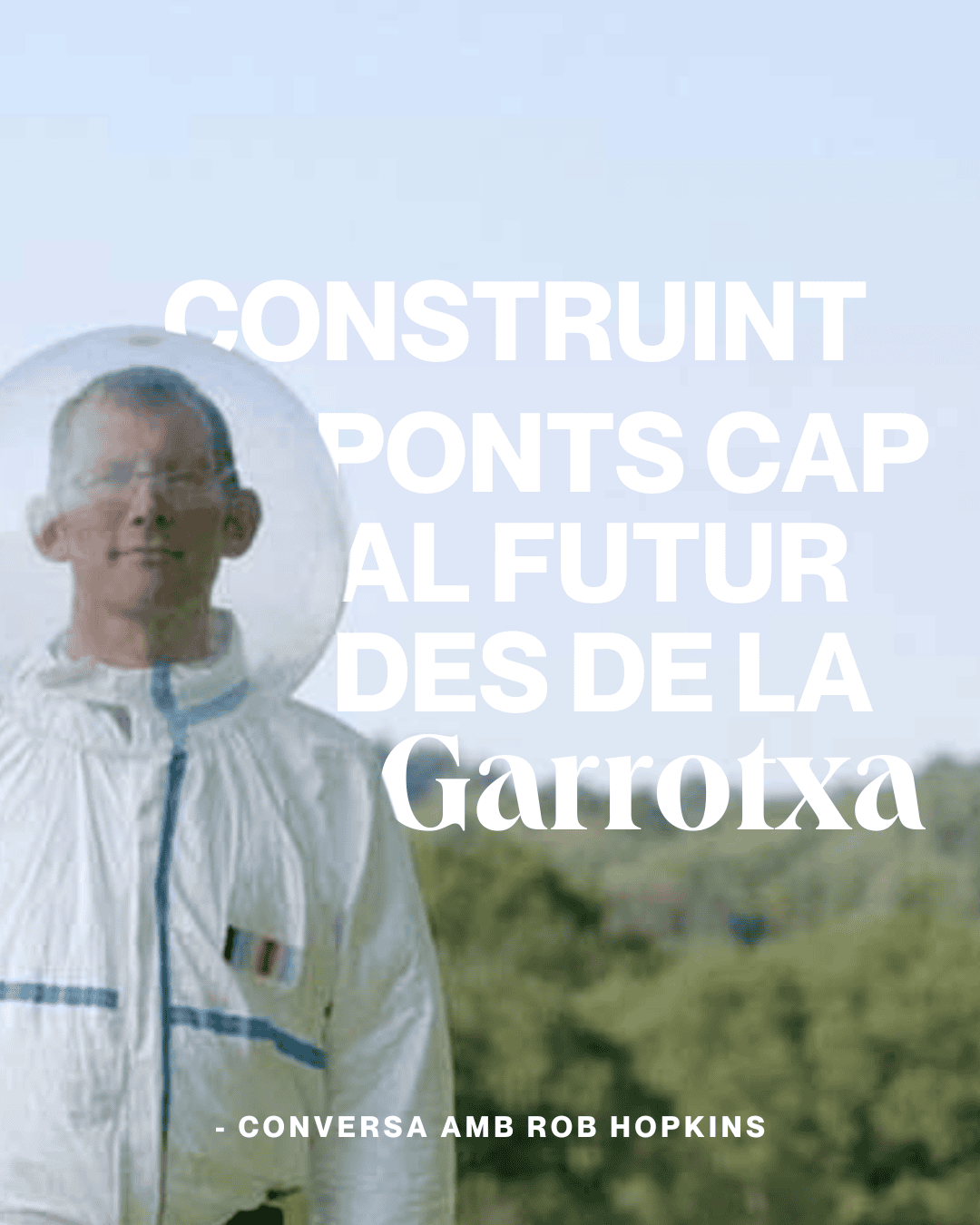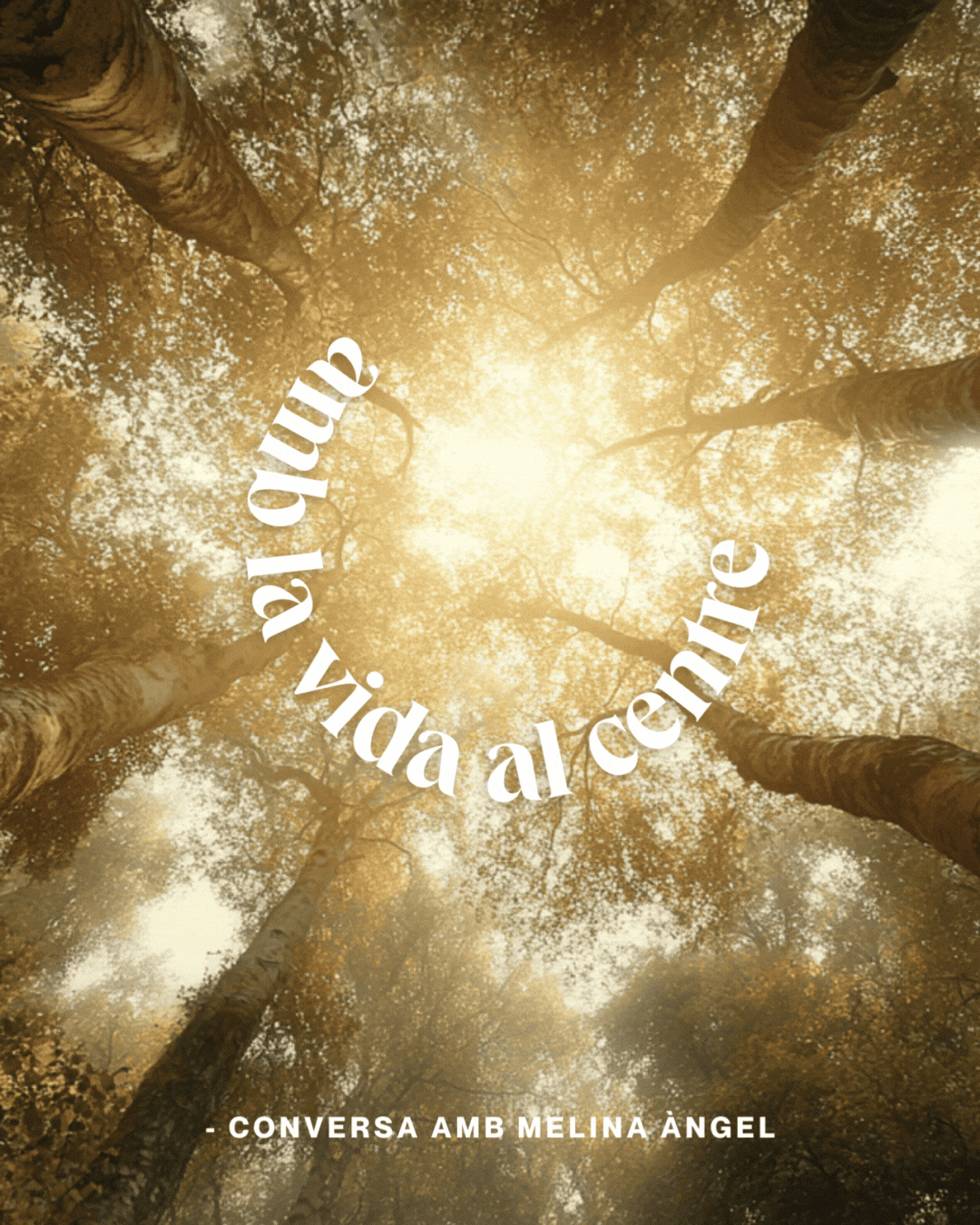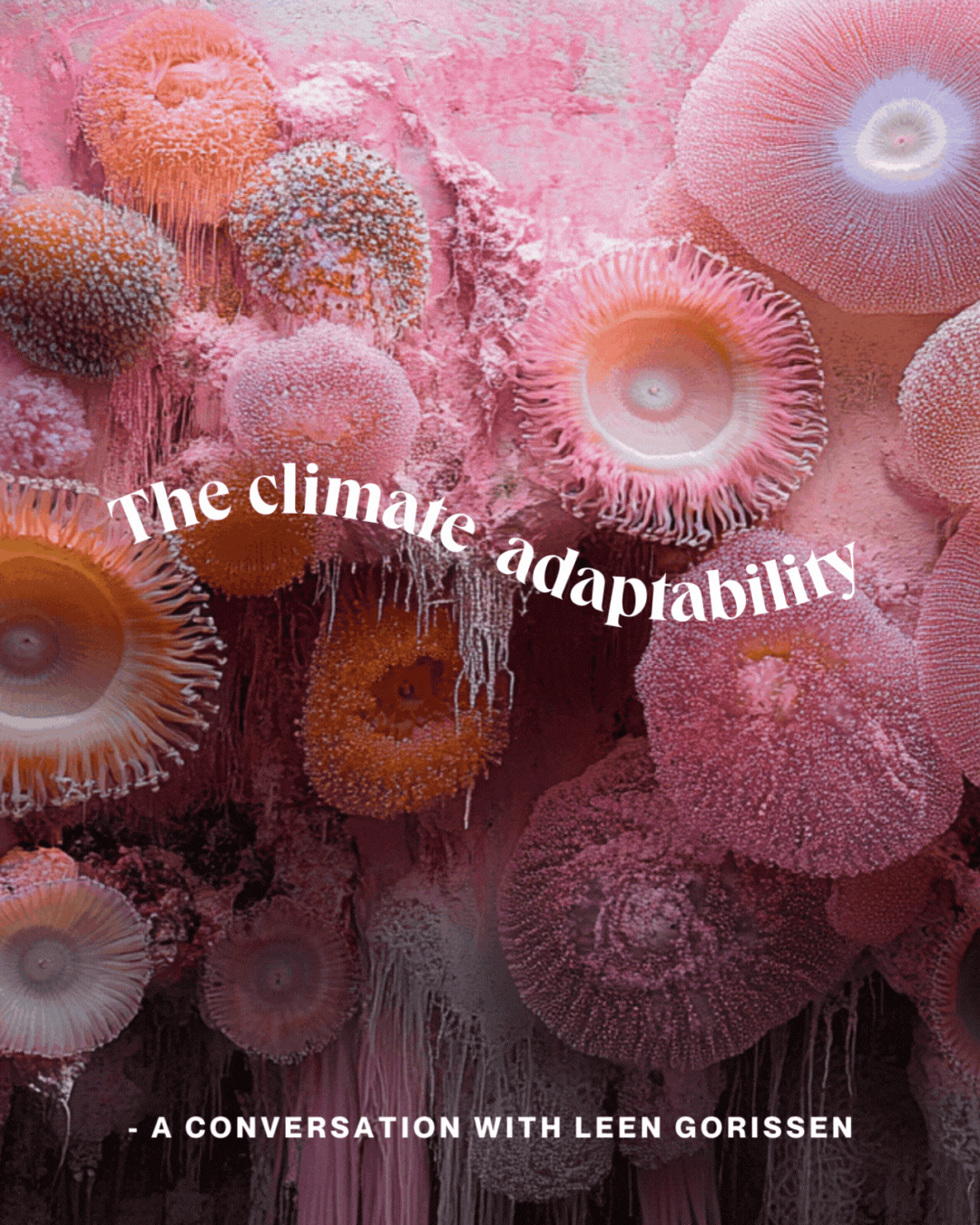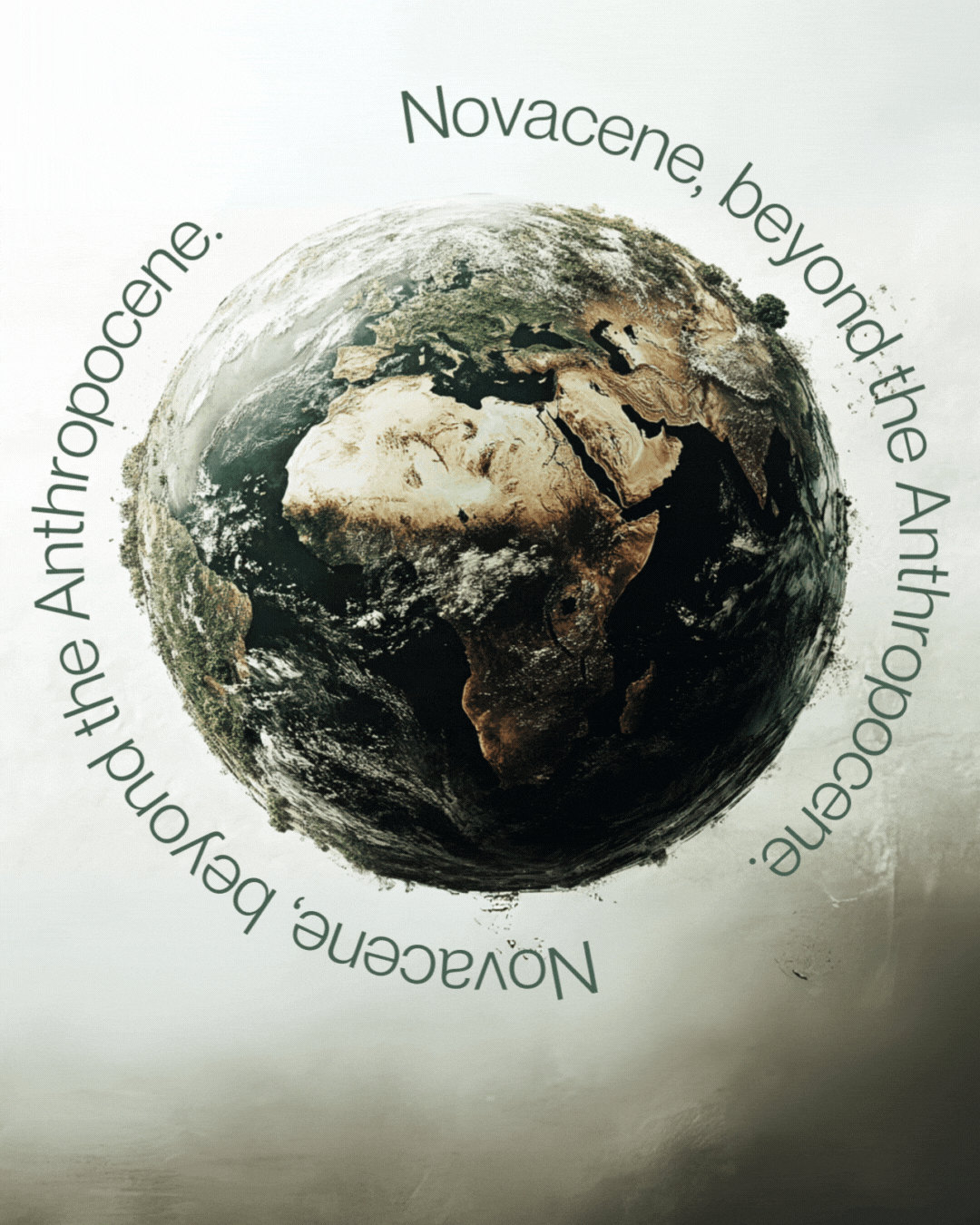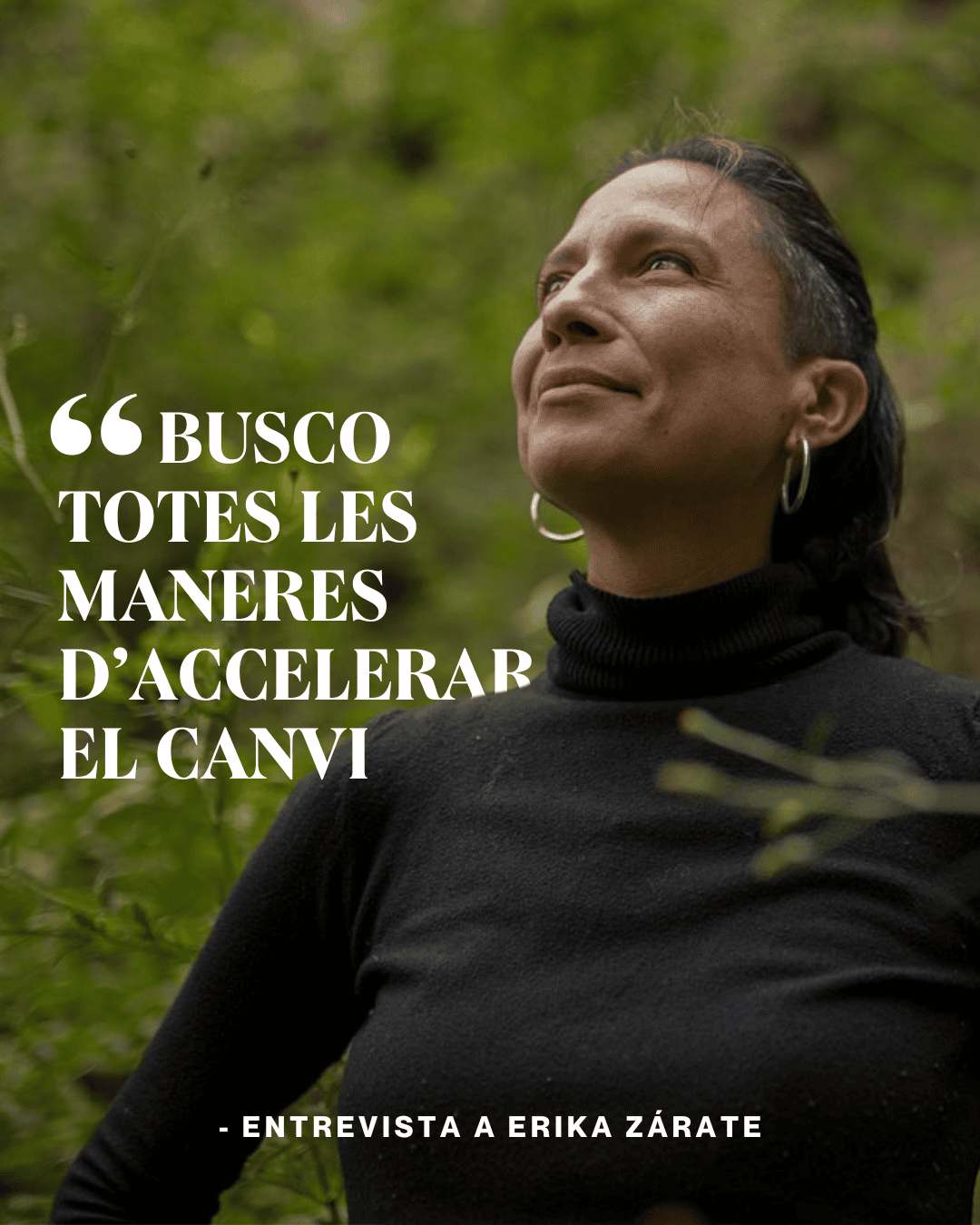Theory U
The path to change begins with a question: what roots are we willing to explore?
Theory U
U theory is an innovative approach to address the processes of deep change and large-scale transformation. Developed by Otto Scharmer and influenced by thinkers such as Donella Meadows and Peter Senge, this theory focuses on the ability of individuals, organizations and communities to evolve against the complex and systemic challenges of today's world. The essence of U theory is to explore the roots of human and social systems, leaving behind limiting patterns and opening up to new possibilities for creative and regenerative change.
A key concept in the theory U is to "practise", a process that combines deep active listening and the connection to the emerging future. Through this practice, people can identify new opportunities, overcome the limitations of the past and build a new path of action. This methodology also integrates the ideas of Meadows' lever points and Senge's iceberg model, which underline the need to work not only on the visible elements of the systems, but also on their underlying dynamics.
The theory U follows a structured process in three main stages: observe and witness the system as it is, connect with future possibilities and prototype new solutions. This sequence facilitates a deep and collaborative transformation, promoting creativity and innovation within the communities and organizations that apply it.
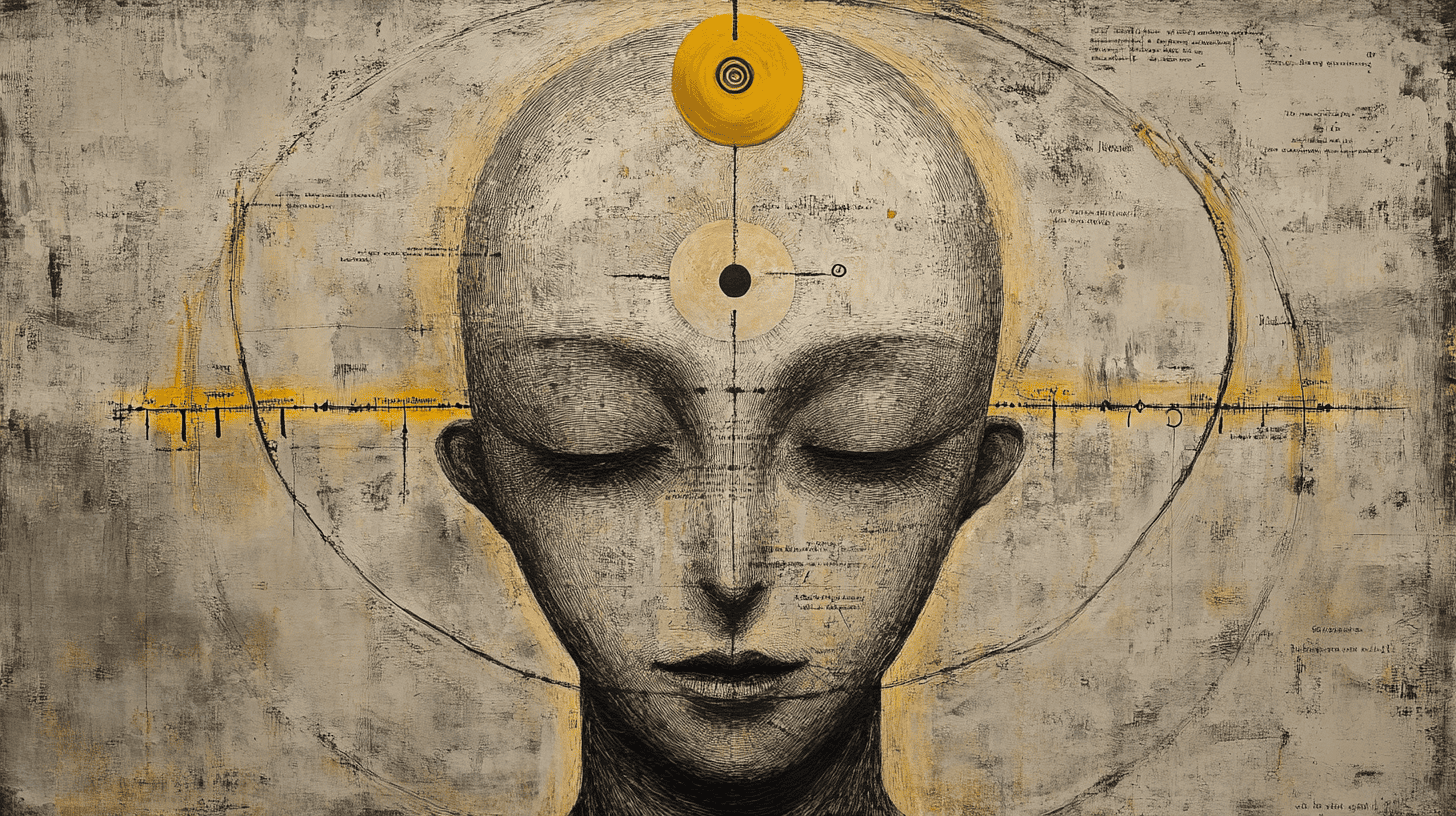
Lever point
The academic foundations of the theory U are supported by the contributions of key figures such as Donella Meadows, Peter Senge and Otto Scharmer. Meadows, with his lever point theory, laid the groundwork to understand how small interventions in strategic places within a system can generate large transformations. This concept is central to U theory, as it identifies those key moments where the impact of an action can be deep and durable.
Peter Senge, with his iceberg model, stressed the importance of working beyond visible actions and results, deepening the underlying structures, behavioral patterns and mentalities that make up systems. This structural understanding allows identifying the roots of problems and addressing them with systemic and sustainable solutions. His work, The Fifth Discipline, has been an essential influence on Scharmer's systemic approaches.
Otto Scharmer formalized the theory U as a process that integrates these perspectives into a coherent framework. His concept of "presence" highlights the need to connect with the emerging future through deep attention and reflection. This ability to perceive what is not yet visible allows people and organizations to anticipate changes and become proactively. This combination of theory and practice makes theory U a robust approach to systemic transformation.
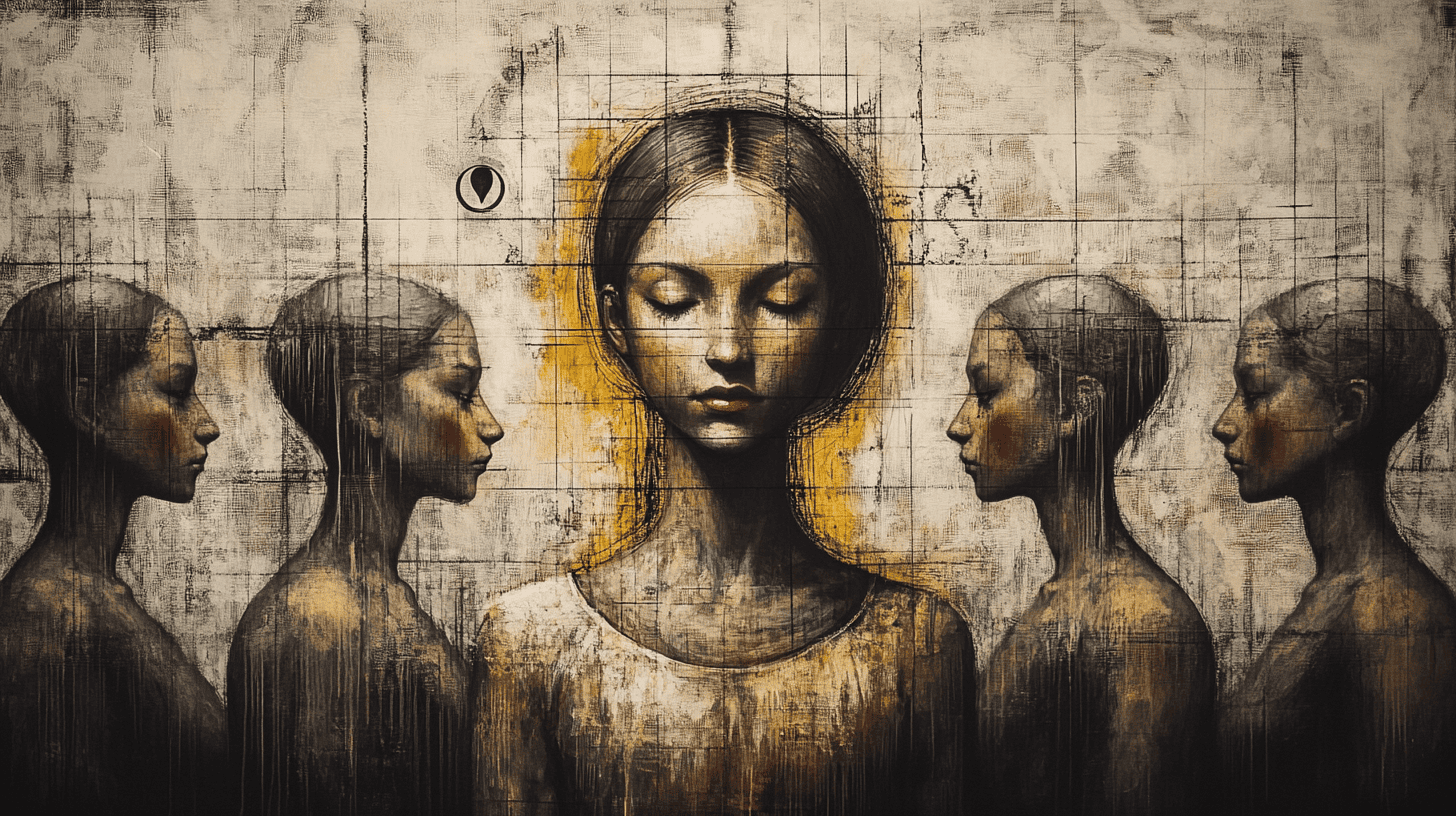
Presence
In Resilience Earth, we work with methodologies that allow us to go beyond the surface of systems to identify their deep and potential transformation dynamics. Presencing, as a key tool, helps us connect people and communities with the roots of their challenges and future possibilities that have not yet emerged. Through this approach, we explore not only the visible manifestations of problems, but also the underlying structures and exchange levers that can generate significant transformations. This way of working creates spaces where deep reflection and conscious action connect to give rise to regenerative and sustainable solutions.
Our approach includes facilitating processes in which participants can identify critical points where a small intervention can trigger large changes in their systems. These transformation points are often found in relationships, mentalities and shared values within communities and organizations. Through presencing, we accompany people to recognize these opportunities, leave behind limiting patterns and activate new dynamics that reflect emerging needs and potentialities. This allows creative and collaborative ways to unlock complexity with resilience.
In working with rural communities and transitional territories, we have used these principles to articulate shared visions and collective action processes. Discovering invisible connections between people and systems has allowed us to help structure local governments and organizational networks that respond more effectively and inclusive to their challenges. This transformation process not only addresses immediate challenges, but also encourages deep regeneration, strengthening human, cultural and territorial links to ensure that solutions are adaptive, durable and aligned with the future they want to co-create.
In Resilience Earth we nurture the intersectionality of our team, integrating dimensions such as cultural diversity, neurodivergencies and rurality, which gives us a unique plurality of inherent capabilities.
At the same time, we bet on continuous training in disruptive skills and pointers, which allow us to transform these individual dimensions into a wide range of integrated capability. We understand capability as a dynamic synthesis between the unique intrinsic potential of each system and the acquired practical skills, connecting the singular essence of a system with concrete actions to evolve, adapt and align with a living purpose.
In Resilience Earth, we not only acquire innovative skills, but transform them into capabilities adapted to the specific context, incorporating them into a framework that takes into account the capabilities of each consultant. This integration allows us to generate new perspectives, processes and frames with a high potential to accompany change in times of uncertainty. In doing so, we multiply the possibilities of creating significant transformations, aligning actions with shared purposes and contributing to a more resilient and regenerative future.

